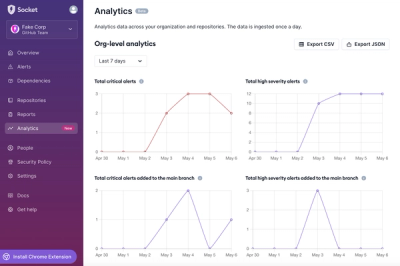DiPlan Design
Description
Let people know what your project can do specifically. Provide context and add a link to any reference visitors might be unfamiliar with. A list of Features or a Background subsection can also be added here. If there are alternatives to your project, this is a good place to list differentiating factors.
Installation
Within a particular ecosystem, there may be a common way of installing things, such as using Yarn, NuGet, or Homebrew. However, consider the possibility that whoever is reading your README is a novice and would like more guidance. Listing specific steps helps remove ambiguity and gets people to using your project as quickly as possible. If it only runs in a specific context like a particular programming language version or operating system or has dependencies that have to be installed manually, also add a Requirements subsection.
Usage
Use examples liberally, and show the expected output if you can. It's helpful to have inline the smallest example of usage that you can demonstrate, while providing links to more sophisticated examples if they are too long to reasonably include in the README.
cd existing_repo
git remote add origin https://gitlab.com/sven_sommerlatte/diplan-design.git
git branch -M main
git push -uf origin main
Prettier
Authors and acknowledgment
Show your appreciation to those who have contributed to the project.
License
For open source projects, say how it is licensed.



